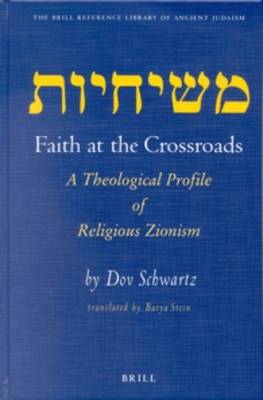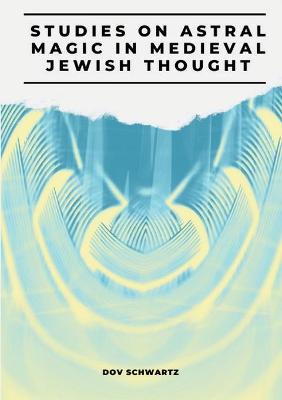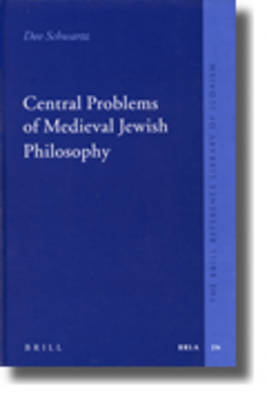Brill Reference Library of Judaism
3 primary works
Book 7
Religious Zionism emerged as an organized political movement in 1902, rebelling against the ethos of passivity endorsed by a mostly anti-Zionist Eastern European Orthodoxy. The book presents religious-Zionists as a new religious type, driven by distinct theological conceptions that reexamine fundamental notions, including God, faith, and historical process. Schwartz's detailed analysis exposes the roots of a political movement that has proven crucially influential in Israeli politics, both before and after the establishment of the state.
Book 20
The book describes a fascinating encounter between astrology and magic, exposing how Hermetic magic seeped into Jewish literature and Jewish philosophy. Following astral magic in its convoluted course, this original work sheds new light on rationalist Jewish thought in the Middle Ages. Having attained its authority mostly from its use in medical practice, astral magic also developed a theology and provided a key to biblical interpretation. Judah Halevi, Nahmanides, and others explained the meaning and influence of the commandments according to magic-astral models and techniques, generating a new perspective within medieval Jewish philosophy. The book is intended for scholars of philosophy, Jewish thought, astrology and magic, as well as for the general public with an interest in these areas.
Book 26
This book deals with central issues of medieval Jewish philosophy. Among the subjects treated are divine immanence, the intellect, miracles, and esoteric writing and its limits. The work provides a new perspective on the history of Jewish philosophy in the Middle Ages. Relying on many as yet unpublished manuscripts, which enable it to offer new insights relating to such thinkers as Judah Halevi, Maimonides, and Gersonides, it also presents a new and original perception of the dynamics of Jewish thought in general.


